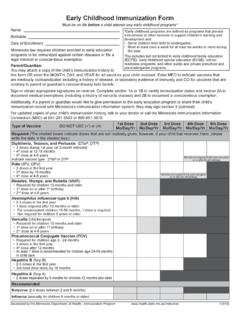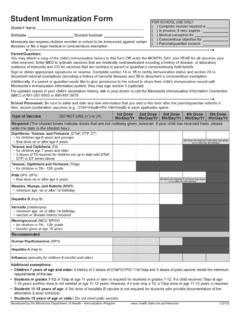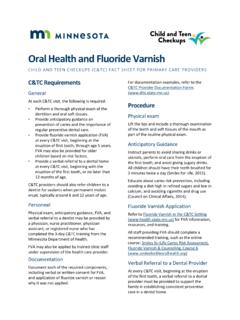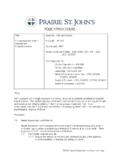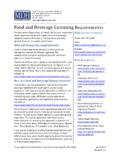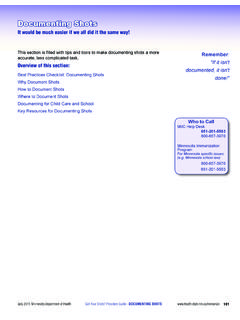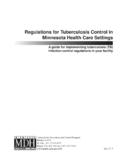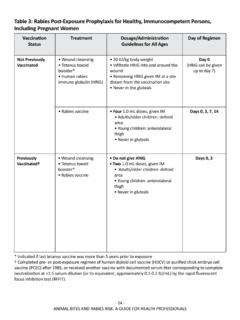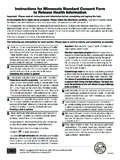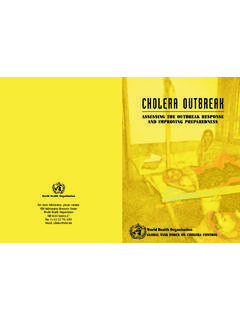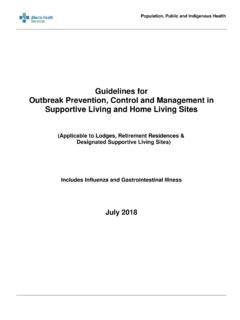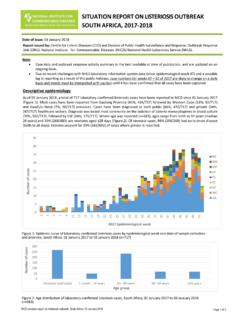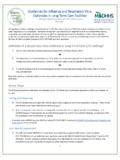Transcription of Handwashing: Prevent Disease and Outbreak …
1 handwashing : Prevent Disease & Outbreak Intervention High School and Adult Audiences DEVELOPED BY THE MINNESOTA DEPARTMENT OF HEALTH FOR THE MINNESOTA FOOD SAFETY PARTNERSHIP 2005 handwashing : Prevent Disease & Outbreak Intervention High School and Adult Audiences Page 1 of 9 handwashing for High School and Adult Audiences handwashing is one of the most important things you can do to Prevent illness. Time 45 minutes Materials Rubber chicken, non-preservative bread, small baggies, petri dishes (optional), cotton swabs, distilled water, markers, masking tape, blacklight, Brevis potion and powder, handwashing for Life video, sandwich, bar soap, antibacterial soap, and alcohol gel or wipes Set Up Set up supplies, powder the rubber chicken with Brevis powder, put tape in VCR and plug in blacklight.
2 Objectives Emphasize the importance of good handwashing for the prevention of Disease . Teach correct handwashing technique. PART 1 People Really Don t Wash Their Hands Today we are going to give you information about the two most important things that can keep you healthy or make you very sick. They are your hands! There is good news and bad news. The good news is that proper, thorough handwashing can help you remain healthy and good handwashing is very easy to do. The bad news is that people don t wash their hands or don t do it well enough to make a difference.
3 According to the American Society of Microbiology 97% of females and 92% of males say they wash but actually only 75% of females and 58% of males wash. Fifty percent of middle and high school students wash, and of these only 33% of females and eight percent of males use soap. The Minnesota Department of Health conducted three discreet observational studies and found: 1. 2003 Back to 50 s Car Show Event 64% females and 30% males washed 2. 2003 State Fair 65% females and 39% males washed 3. 2004 State Fair 75% females and 51% males washed Note: The entire study is on the CD.
4 PART 2 So What s the Big Deal? Hands are the most exposed part of the body to germs. Germs are hiding everywhere. Germs are microscopic. Germs are tough. People can become very ill. Illnesses have an economic impact. handwashing : Prevent Disease & Outbreak Intervention High School and Adult Audiences Page 2 of 9 PART 2 (cont.) Hands are the most exposed part of the body to germs. A person has more bacteria on their body than there are people in the United States, according to Colorado State University Extension.
5 Touching the eyes, mouth, nose or food transfers the germs into the body. Also pretend sneeze into your hands. Who would like to shake hands with me? Have you ever watched someone sneeze heartily into his or her hands and then touch a door handle? Where do you suppose the germs from their hands went? Germs are hiding everywhere. The bulk of germs are hiding where you least suspect playground equipment, the phone receiver, ATMS and elevator buttons. according to Charles Gerba, professor of environmental microbiology at the University of Arizona.
6 There are: 229,000 germs per square inch on frequently used faucet handles. 21,000 germs per square inch on work desks about 400 times more than the average toilet seat. More germs at the kitchen sink than at the toilet. 1,500 on each square centimeter of hands. High on the worst list: Work desk Kitchen sink Dishcloth, sponge Garbage can Refrigerator Telephone receiver Bathroom doorknob Keyboards Escalator handrails Shopping cart handles Picnic tables Pens, pencils and crayons Remote controls Light switches Bathroom cups Pet cages Toys Germs are microscopic, so you can t see them.
7 There are also good bacteria and other microorganisms. Some good ones are also on your hands and are fighting the bad ones. Some microorganisms are used for making bread, beer, and yogurt. Germs are tough. Viruses can be transferred from dry smooth surface up to 20 minutes after being contaminated. E. Coli, salmonella and other bacteria can live up to two hours on surfaces like doorknobs, keyboards, and tables. Viruses can travel on droplets through the air. Bacteria doubles every 20 minutes. Five bacteria in a sandwich at noon will total over 10 million by 7 pm.
8 After three days, with no bacteria dying, there would be enough to cover the earth. Microorganisms can build up resistance to drugs intended to kill them. Hot water or freezing will not kill bacteria only temperatures over 140 degrees can kill germs. handwashing : Prevent Disease & Outbreak Intervention High School and Adult Audiences Page 3 of 9 PART 2 (cont) People can become very ill. Everyone, no matter how clean, will have bacteria and viruses on and around them. Usually this will not make people ill.
9 However, for small children, infants, elderly and people with compromised immune systems, bacteria and viruses can make them very ill; can cause long illnesses and even death. One bacterium can make an infant very ill. Illnesses have an economic impact to society. Approximately one-fifth of the population attends or works in a school. The US Center for Disease control (CDC) reports 164 million school days lost per year. There are 25 days lost per every 100 Americans per year for diarrhea, second only to the common cold.
10 Teacher illness costs time and money. Teacher absences averaged days per year, students days. Costs add up for substitute teachers, re-teaching absent students, lost workdays for parents, decrease numbers for school lunches. Parents lose work time to stay home with sick children or for themselves. Experiment #1 Rubber Chicken and Blacklight (see experiment #1) Let s do some experiments to find out how germs get on hands. Here is the famous rubber chicken. Experiment #2 Growing Germs in Petri Dishes (see experiment #2) Let s check out your hands and see if there are some real germs.

